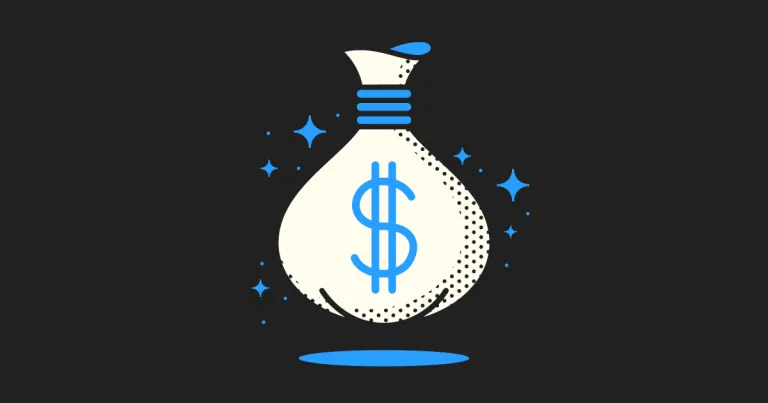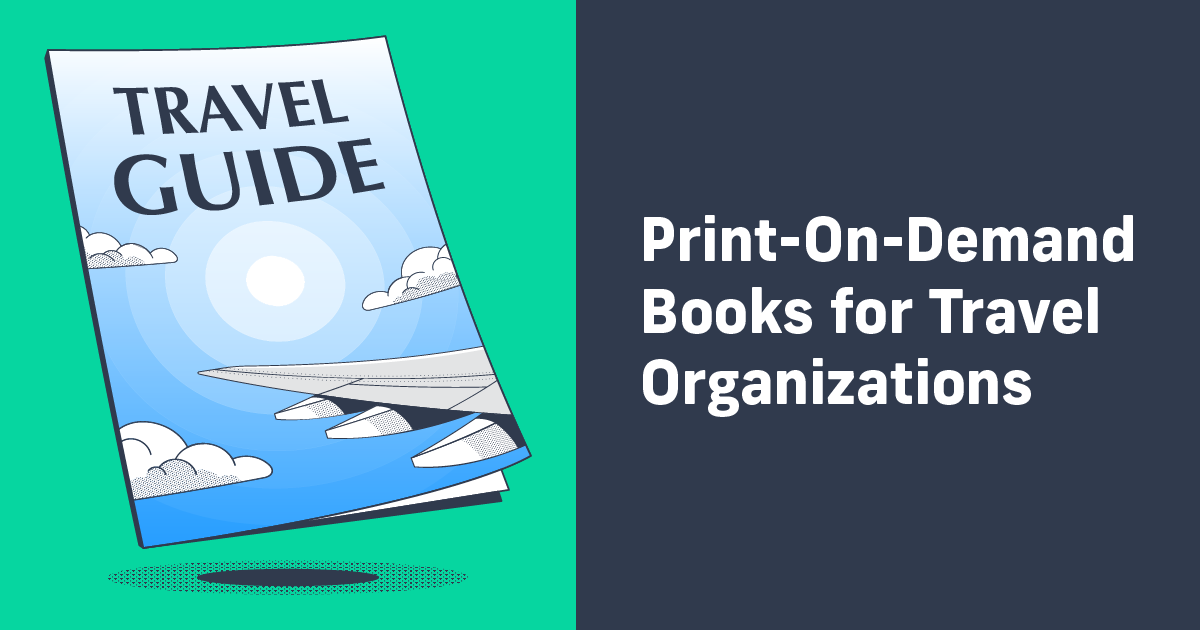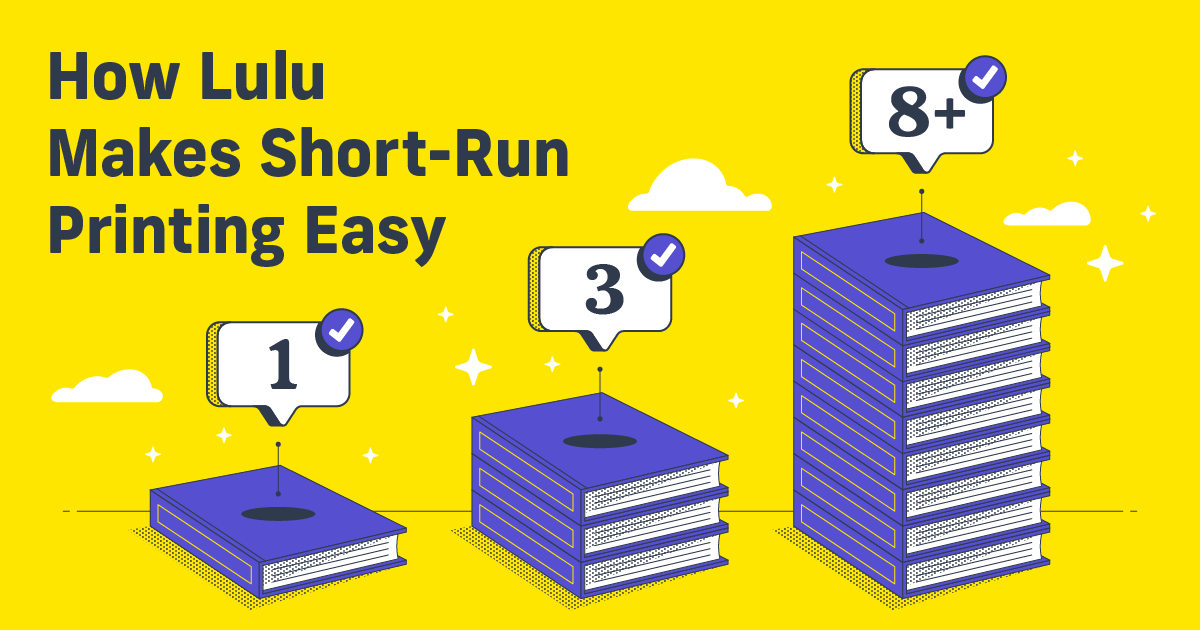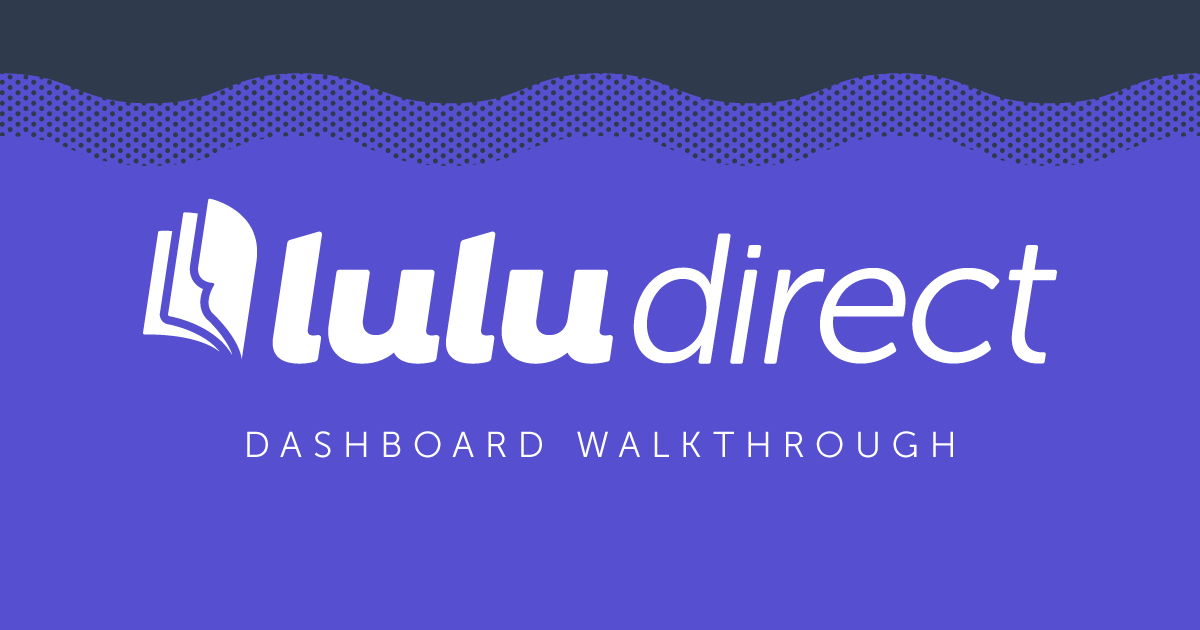Understanding How to Self-Publish and Make Money
Whether you have a book published or you’re still considering how best to go to print, I’ve got no doubt that you’ve stopped and wondered, “How long until I’m the next Stephen King?”
I don’t want to shatter any dreams here, but the answer is probably never. Achieving that level of success is an outlier. But that doesn’t mean you can’t earn a living creating the content you’re passionate about!
How Much Money Can You Make by Self-Publishing?
That’s not a simple question to answer because the amount varies widely. Digital Book World did a study in 2014 that found, among responding authors, that the majority earned between $1,000 and $2,999 a year. More recently, we partnered with The Tilt to conduct creator research—encompassing all kinds of creatives, though most include publishing in their business. That research found that the average total income for creators exceeds $60,000 per year.
That’s a pretty wide chasm. Fortunately, we’ve got one more resource to consider: the Authors Guild’s 2023 Author Income Survey. They estimate that authors earn around $10,000 a year in revenue just from book sales.
What this means is something content entrepreneurs, speakers, and influencers have known for a few years now: books are a great source of income, but shouldn’t be your only source of income. If you’re a fiction author, your book will probably be your primary source of income and the product you build your marketing around, but you need to be aware of options to supplement book sales to ensure you earn enough.

The Amazon Conundrum
With an understanding that you—the self-published author—want to make the most from each sale of your book, we have to take a moment to talk about the retail giant Amazon.
There’s a misconception about Amazon in the self-publishing world. Many authors see Amazon as a boon for making their books available to the huge community of buyers who visit the site every day. While Amazon makes books easy to buy, their publishing division (now exclusively Kindle Direct, as CreateSpace has been shuttered) is less a means to publish and more an avenue to get on Amazon.
Are those two things really different? For a lot of authors, the answer is no. Being published means being for sale on Amazon.
And that’s great. There’s really no reason not to have your product for sale on Amazon. No matter what you sell, you should be selling it on Amazon.
But you have to appreciate the premium Amazon extracts. Selling your book through Amazon directly or through another self-publisher on Amazon means accepting a massive reduction in your earnings.
For example, let’s consider this very standard paperback:
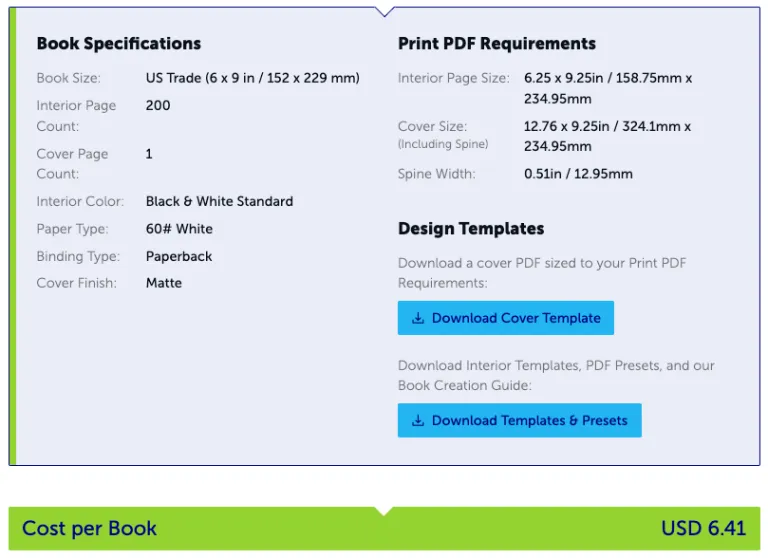
It costs $6.41 to print. For this example, let’s say you want the retail price set at $14.95. At that retail price, here’s you’re Amazon earnings breakdown:
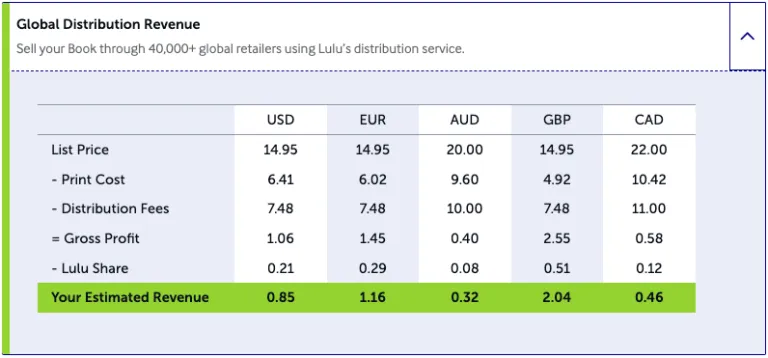
You’ll earn just $0.85 selling on Amazon. Of course, you could publish directly through KDP to earn a better return:
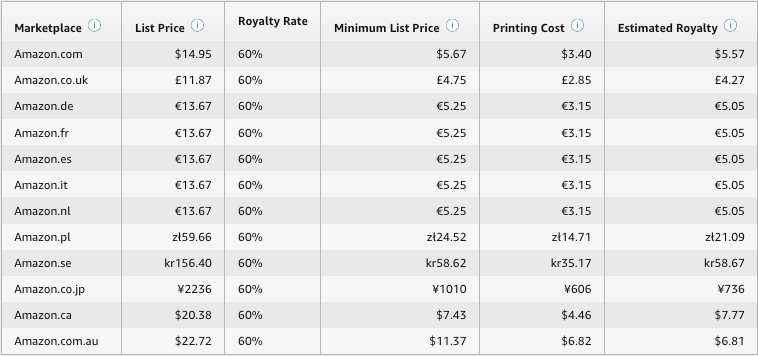
$5.57 is better, but you lose out on distribution through other retailers like Ingram. Or the Lulu Bookstore, where you’ll earn better than KDP pays (and get much higher quality printing):
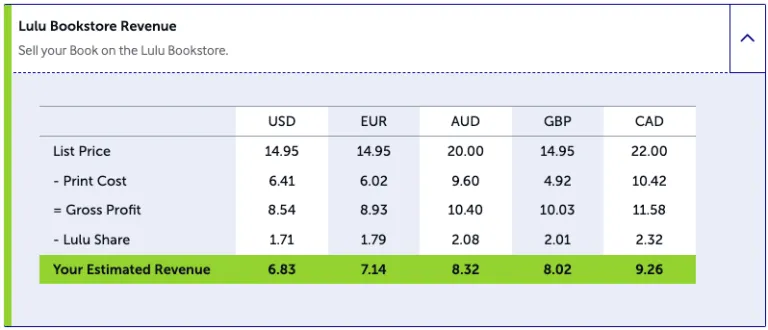
Making lower revenues does not mean you should avoid Amazon. Don’t misunderstand me on that. Your book should absolutely be for sale on Amazon because they have the largest and broadest marketplace available.
The mistake I see self-published authors making time and again is prioritizing Amazon. Luckily, there’s a solution.
The Solution to Earning More From Your Books
Imagine you’re a voracious reader browsing solution media. They come across an ad for your latest book. The cover speaks to them. The blurb catches their attention. So they click the link.
Where do they go? If it’s Amazon, you’re doing it wrong.
It’s a mistake I see again and again on more than just social media. Authors will make this mistake on their blogs and websites too. A banner link or ‘buy now’ button will send their new reader to Amazon to buy their book.

Your Free Lulu Account
Create a Lulu Account today to print and publish your book for readers all around the world
Consider that customer’s journey. They discover you on social media, click a link to your website, and finally have to leave your site to go to Amazon to complete the purchase. Where you’ll earn less money. That’s literally throwing money away.
Some authors are doing this because Amazon is how they publish, so it makes sense to direct buyers there. Others are simply using the notoriety and ease of Amazon’s shopping to entice buyers. Regardless, the last thing anyone should be doing is directing their reader (or would-be reader) to a different site to buy their book.
Imagine going to a shoe store for a new pair of sneakers. You check the selection, talk to a clerk, and find a pair you love. Try them on and damn they fit great! So, you ask the clerk to box them up and send you to the register. And the clerk just smiles and says, “Oh no, you have to go to Target to actually buy these.”
Look, I get it. Amazon is awesome. I’m not trying to convince anyone to cancel their account or delete their shopping app. Hell, I took a break while writing this post to buy a case of dog food and a jar of ink on Amazon.
The mistake for authors isn’t listing their books on Amazon. It’s in using Amazon as their only or primary sales channel.
Watch Ecommerce 101
The Best Way to Sell Books
You always have to make the best choice for you, your brand, and your content business. There might be some creators who really do benefit from relying on Amazon as their sales channel.
But for most authors and creators, you need to widen your sales plan to include a variety of options.
That’s where tools like Lulu Direct come into play. Using our direct connections to WooCommerce, Wix, and Shopify (or our developer API), you can sell your books directly to your fans. That means no more links from your blog, website, or social profiles to Amazon. Your newest fans can buy directly from you—allowing you to earn more from each sale and collect their contact information so you can market your next book.
Using direct sales on your website and social profiles doesn’t stop you from distributing to retailers like Amazon or through the Ingram network. It’s often the right choice to offer both—giving your readers free rein to shop the way they want.
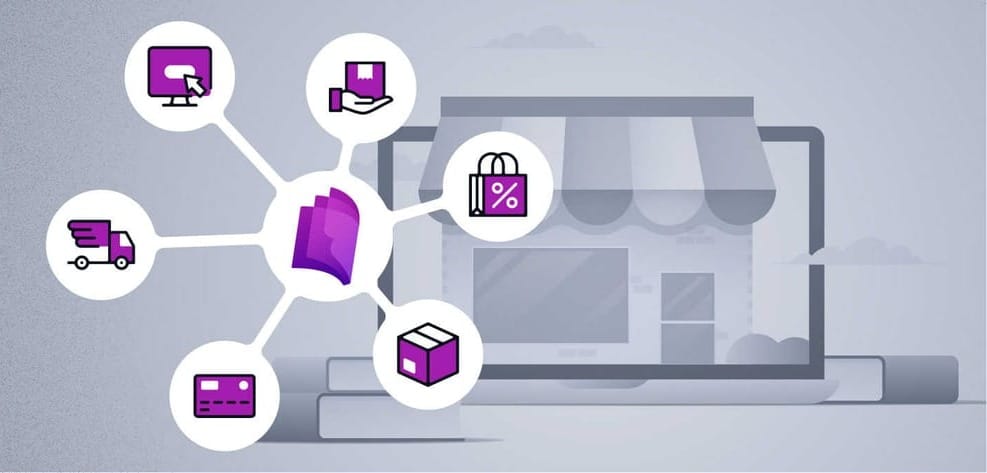
Sell Your Book, Your Way
Sell books on your Wix, Shopify, or WooCommerce website with Lulu Direct.
Or use our Order Import tool for your next book launch.
Finding the Balance
The most successful creators and authors leverage a variety of products and retail options to ensure they’re consistently offering their fans ways to support them. For authors like you, that likely means integrating direct sales into your own author site while distributing through retailers.
That is literally giving you the best of both worlds. You get access to Amazon’s marketplace and you get to sell directly to readers who come to your branded website or through social media at a significantly higher return.
We know consumers prefer to buy directly from brands when given the option. And we know that you need to think of yourself as a brand to increase book sales and grow an audience. All of this means you need to make the smartest choices for you and your book.

